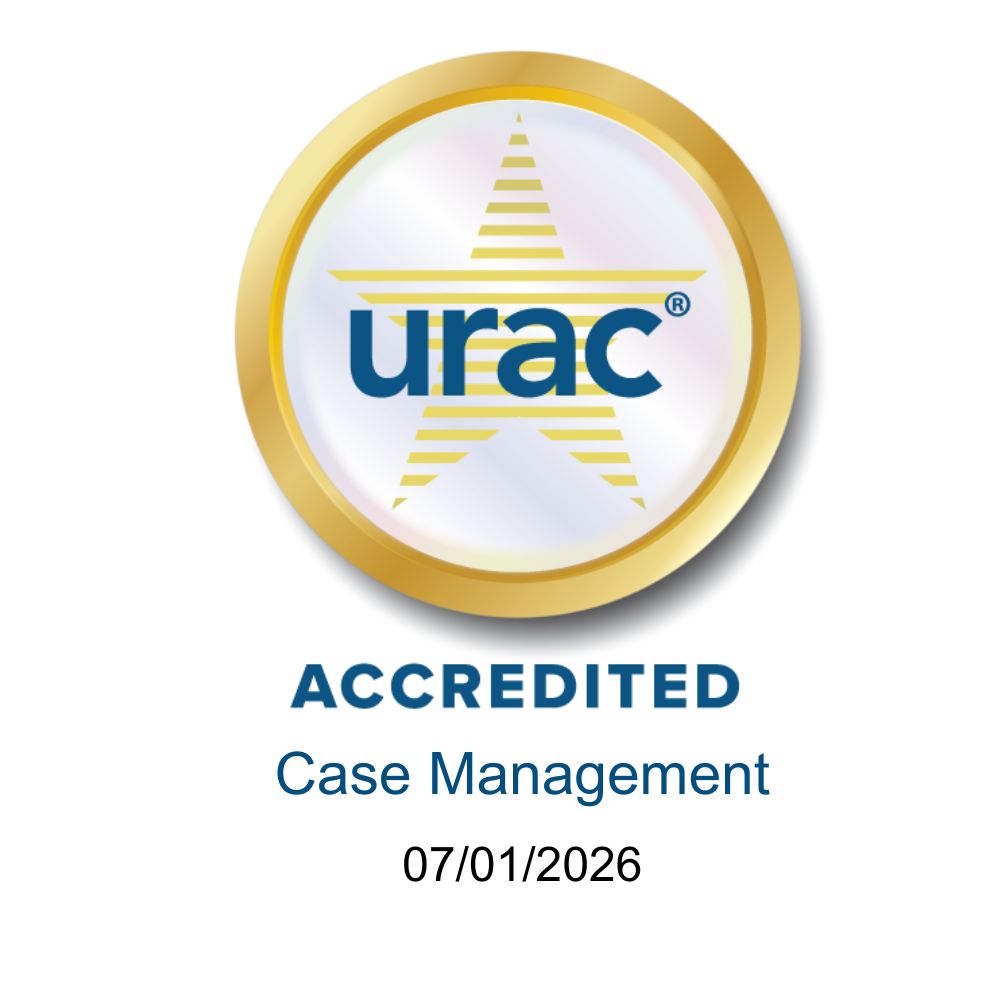When a worker is injured, proper treatment of pain and long-term mobility are essential goals. Topical medications can benefit outcomes for several workers’ compensation cases, whether pain is acute or chronic. With high-priced private labels and lack of regulatory agency involvement for evidence-based support, increased knowledge is the best way forward.
Start with the Source
“It is imperative that every provider, before prescribing topical medications, begin by directly identifying the cause of the pain and the area of injury,” stated Dr. Rajiv Das, MD, MPH, FACOEM, FAAPMR. Dr. Das continued, “Nociceptive Pain is most common for Worker’s Compensation cases, where pain is caused by damage to body tissue and affects the musculoskeletal system, which includes the joints, muscles, skin, tendons, and bone. Both chronic (long-term) and acute (short term) nociceptive pain can interfere with daily life and delay returning to full function. On the other hand, neuropathic pain (less common in work comp cases) is typically pain that arises from damage to peripheral nerves or central nervous system, which can be caused by damage from excessive exposure to chemicals, infections, or direct damage to specific nerves.”
Either type of pain can interfere with an injured employee's expedient return to full function and both can be treated with topical medications - if used properly. However, prescription topical analgesics are not always used as evidence-based guidelines recommend. The affected area should be superficial enough so that transdermal penetration can occur. Injuries indicated for topical use include, but are not limited to, superficial joints (fingers, toes), shoulder, acromioclavicular (AC) joints, and knees. Injuries that may benefit from alternate (oral) medication or treatment include deep tissue or deep structural elements, such as lower back, hips, etc.
“Unfortunately, we have seen abuses in this area. Improper use of topical medications on specific injuries may be a bigger problem than once realized,” explained Douglas Benner, MD, MS, FACOEM, Chief Medical Officer of EK Health Services Inc. Dr. Benner continued, “It has been recently reported by WCRI that the number of cases using topical treatment is greater than expected. In a few states, high-priced private-label topicals, which are mostly physician-dispensed, were used in up to 66% of claims. The lack of evidenced-based support for using some of these topicals compared to similar over-the-counters is concerning, as some have been prescribed at strengths greater than guideline recommendations and include ingredients that drive up prices without the ability to be absorbed through the skin. This has led to increased speculation surrounding effectiveness, lack of guidelines, complexity/misuse of compounding, and revenue-driven prescribing.”
The Topic of Topicals
Any workers’ compensation treatment plan should be specifically tailored to the injured worker’s needs based upon injury, limitations, and the goals for recovery. While pain reduction and comfort levels are often included as part of this equation, the goal is to improve functionality, which must remain at the center of treatment. Oftentimes, providers may compound topical medications to drive expensive options, while some of the ingredients found within the formula may not even have capability to treat the patient. While evidence-based guidelines are limited in the support of topical use, we can effectively deduce the following surrounding their use:
Advantages of Topical Usage
- Bypasses liver metabolization (reduces interactions with other meds)
- Steady and convenient infusion
- Addresses localized symptoms
- Provides alternative to oral medications that might irritate the patient’s stomach
Limitations of Topical Medications
- Skin irritation
- Irregular absorption
- Proximity limits effectiveness to certain areas close to the skin
- Care in application (avoid eyes, etc.)
“Ensuring safety and efficacy of prescribed medications for each individual patient is paramount. Nociceptive pain relief using topicals allows for direct treatment into the painful areas. While using topicals for treatment of neuropathic pain relief may provide numbness to the area being treated, “ Dr. Benner continued. “Both can be effective if used appropriately. Expensive is not always better, more is not always better - identifying the right course for each patient is always what’s best.”





